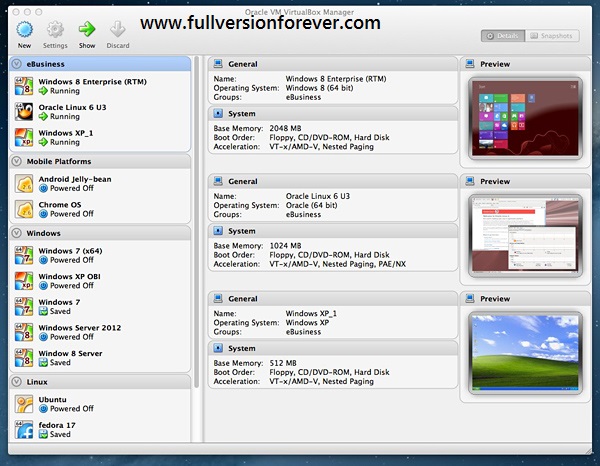


Since we’re building servers for hosting (for example) Kubernetes manager or worker nodes, we usually want to set RAM to be as large as practical - understanding that this needs to be a compromise based on other resource demands on the host (including the presence of other running virtual machines). You’ll use this initial VM image to create new VMs as you need them (a process called “cloning”).Ĭlick Next, and assign a reasonable amount of RAM to your VM. Give your machine a generic name that identifies it by operating system and version. Select Linux and Ubuntu (64-bit) from the popdowns. Start VirtualBox, and click on the top menu: Machine>New (or press CTRL-N). Step 3: Create and configure a new VirtualBox virtual machine

Step 4: Correctly size Ubuntu’s display.Step 3: Create and configure a new VirtualBox virtual machine.How to Build a Kubernetes Development Environment.


 0 kommentar(er)
0 kommentar(er)
